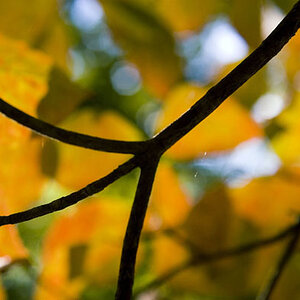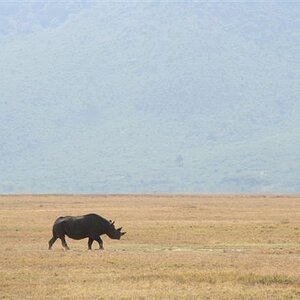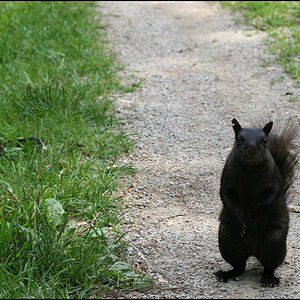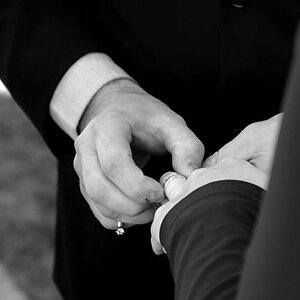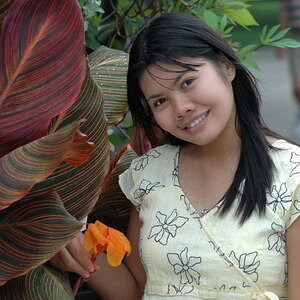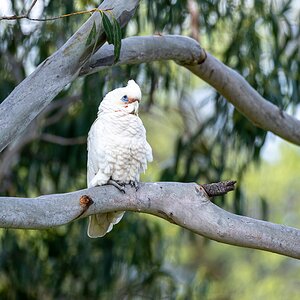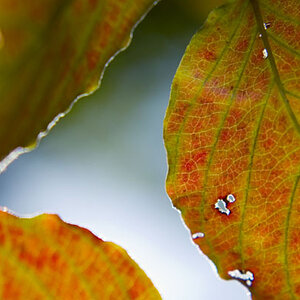Vegita182
TPF Noob!
- Joined
- Aug 16, 2015
- Messages
- 5
- Reaction score
- 0
So with the availability of better and better cameras in smartphones and also having instant access to editing software. Where do most of you guys stand when it comes to editing your photos. As a whole does the photography community frown upon altering your images, as in changing the color of a flower or making a blue orchid an unnatural shade of blue. Or is it generally accepted and encouraged?



